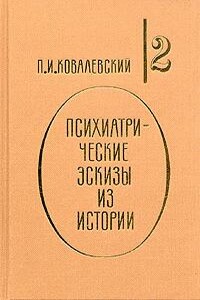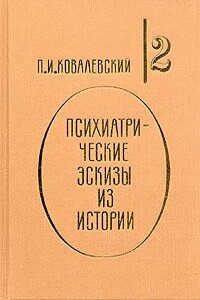Larson, J. A. (1932). Lying and its detection: a study of deception and deception tests. Chicago, IL: University of Chicago Press.
Levine, T. R. & McCornack, S. A. (1992). Linking love and lies: a formal test of the McCornack and Parks model of deception detection.Journal of Social and Personal Relationships, 9,143–154.
Levine, T. R. & McCornack, S. A. (1996a). A critical analysis of the behavioral adaptation explanation of the probing effect. Human Communication Research, 22,515–588.
Levine, T. R. & McCornack, S. A. (1996b). Can behavioral adaptation explain the probing effect?Human Communication Research, 22, 604–613.
Levine, T. R., McCornack, S. A. & Aleman, С G. (1991). Ask and you shall believe: behavioral adaptation, confidence, and heuristic-based explanations of the probing effect. Unpublished manuscript.
Levine, T. R., McCornack, S. A. & Park, H. S. (1999). Accuracy in detecting truths and lies: documenting the "veracity effect". Communication Monographs, 66,125–144.
Lewis, M. (1993). The development of deception. In M. Lewis & C. Saarni (Eds), Lying and deception in everyday life. New York: The Guilford Press, 90-105.
Lindsay, D. S. & Johnson, M. K. (1981). Reality monitoring and suggestibility: children's ability to discriminate among memories from different sources. In S.J. Ceci, J. Toglia & D. F. Ross (Eds), Children's eyewitness memory. New York: Springer-Verlag, 91-121.
Littlepage, G. E. & Pineault, M. A. (1985). Detection of deception of planned and spontaneous communications. Journal of Social Psychology, 125,195–201.
Littmann, E. & Szewczyk, H. (1983). Zu einigen Kriterien und Ergebnissen foren-sisch-psychologischer Glaubwurdigkeitsbegutachtung von sexuell misbrauchten Kindern und Jugendlichen. Forensia, 4, 55–12.
Loftus, E. F. & Palmer, J. C. (1914). Reconstructions of automobile destruction: an example of the interaction between language and memory. Journal of Verbal Learning and Verbal Behavior, 13, 585589.
Lord, C. G., Ross, L. & Lepper, M. R. (1919). Biased assimilation and attitude polarization: the effects of prior theories on subsequently considered evidence. Journal of Personality and Social Psychology, 31, 2098–2109.
Lykken, D. T. (1959). The GSR in the detection of guilt. Journal of Applied Psychology, 43, 385–388.
Lykken, D. T. (1960). The validity of the guilty knowledge technique: the effects of faking. Journal of Applied Psychology, 44, 258–262.
Lykken, D. T. (1988). The case against polygraph testing. In A. Gale (Ed.), The polygraph test: lies, truth, and science. London: Sage, 111–126.
Lykken, D. T. (1991). Why (some) Americans believe in the lie detector while others believe in the Guilty Knowledge Test. Integrative Physiological and Behavioral Science, 126,214–222.
Lykken, D. T. (1998). A tremor in the blood: uses and abuses of the lie detector. New York: Plenum Press.
McClintock, C.C. & Hunt, R.G. (1915). Nonverbal indicators of affect and deception in an interview setting. Journal of Applied Social Psychology, 5, 54–61.
McCornack, S. A. (1991). The generation of deceptive messages: laying the groundwork for a viable theory of interpersonal deception. In J. G. Greene (Ed.), Message production: advances in communication theory. Mahwah, N J Erlbaum, 91-126.
McCornack, S. A. & Levine, T. R. (1990). When lovers become leery: the relationship between suspicion and accuracy in detecting deception. Communication Monographs, 51,219–230.
McCornack, S. A. & Parks, M. R. (1986). Deception detection and relationship development: the other side of trust. In M. McLaughlin (Ed.), Communication Yearbook 9. Beverly Hills, CA: Sage, 311–389.
McCornack, S. A. & Parks, M. R. (1990). What women know that men don't: sex differences in determining truth behind deceptive messages. Journal of Social and Personal Relationships, 1, 101–118.
McCroskey, J. C. & Mehrley, S. (1969). The effects of disorganization and nonfluency on attitude change and source credibility. Speech Monographs, 36, 13–21.
Mann, S., Vrij, A. & Bull, R. (1998). Telling and detecting true lies. Paper presented at the Eighth Annual Meeting of the European Association on Psychology and Law in Cracow, Poland, September 1998.




